
Ergonomic Chair Setup: 8 Common Mistakes
Revamp your workspace with a new ergonomic chair! Check out these 8 setup tips for a smooth and healthy experience.
“What boardroom chairs do you have?” or “Which conference chairs would you recommend for our boardroom?” The answer to these important questions is not as straightforward as one might hope. The term Boardroom has evolved into a somewhat generic term which can carry different meanings depending on who you ask. For some, it may evoke thoughts of formal meetings and high-stakes discussions, while for others, it might simply refer to any place where gatherings occur. Chairs designed for “meeting” or “conference” rooms are often included under this broad umbrella referred to as “boardroom."
Choosing the right boardroom chairs is more than just about looks - comfort, function, and style all play a role. But with so many options, how do you decide?
Let's explore the differences and how they can impact your choices.
The term “board” originated around the 16th Century, referring to the piece of wood that Council members gathered around.
From these beginnings, the Boardroom represents power, prestige, and authority. Boardroom chairs may vary in style, with options for wheels or fixed frames, and are available in diverse materials like wood, leather, and chrome.
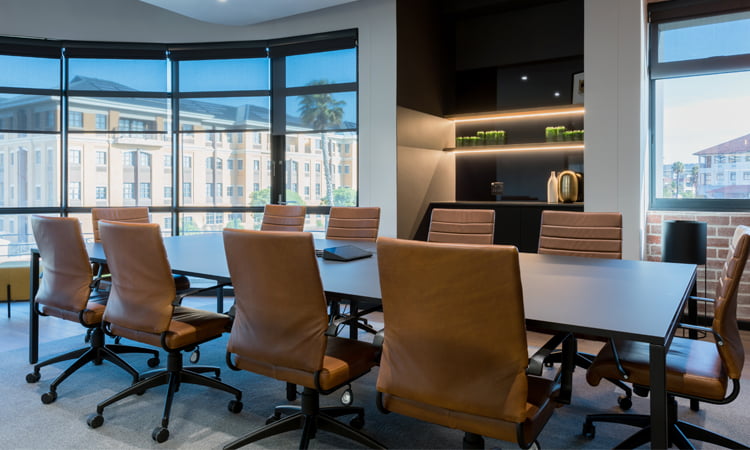
Not all boardrooms serve the same function. Understanding HOW the space will be used, WHO will be using it, and for HOW LONG the sessions typically last, will greatly assist you in selecting the right type of chairs.
Planning furniture requirements is easier for new developments. For an existing boardroom, determining how much space is available will assist in selecting the most suitable chairs. For typical boardroom installations, see our Project Portfolio where we showcase various options.
Once you have defined the type and function of your Boardroom, selecting the chairs becomes a whole lot easier.
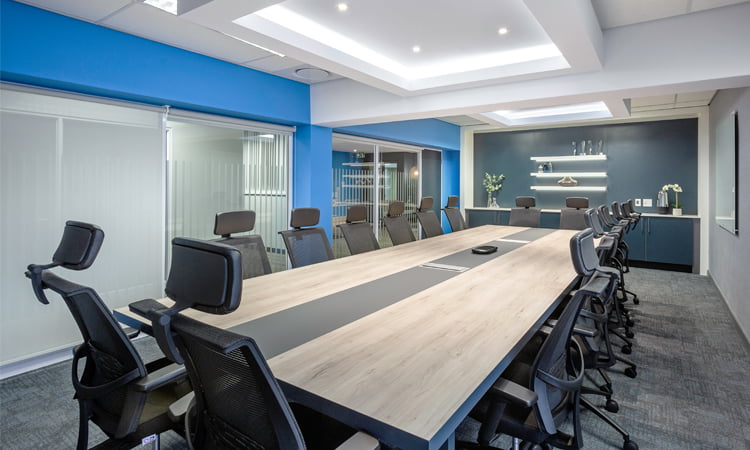


The term “Boardroom” is more old school. It is typically a room where a group of people meet on a planned regular basis, for example the Board of the company or organisation. Traditionally, the boardroom would have a large wooden desk located in the centre with large puffy chairs surrounding the table. The décor often includes paintings on the walls, a counter for making coffee, a bar fridge and an audio-visual system. In a traditional boardroom, the chairs and other fittings are large and luxurious, and aesthetics often outweigh functionality.
In a traditional boardroom, suitable seating includes ergonomic office chairs and conventional leather chairs.

Contemporary boardrooms have evolved to be more functional and versatile than their traditional counterparts. In today's business environment, these spaces are not solely designated for the meetings of the board of directors; instead, they serve a myriad of purposes catering to various business needs. Contemporary boardrooms are frequently utilised for meetings involving different business units, facilitating one-on-one conversations, and for meeting with customers and suppliers.
Contemporary boardrooms require a conducive environment complete with a table, comfortable chairs, and an element of privacy to foster productive discussions. Rather than relying solely on the term “boardroom,” modern terminology has expanded to include Meeting and Conference Rooms, as well as Collaboration Spaces.
The term Meeting room came to the forefront with the advent of open plan offices. To accommodate staff that needed some privacy, meeting rooms and office pods were born. The room could be just a table and chairs, or include a complete audio-visual setup.
Often the meeting room is located near the open plan offices to allow easy access. Ideally you would want the meeting room to be soundproof, but often they are simply areas cornered off by filing systems or screens to make the required space available.
Meeting rooms require functional and comfortable chair options like Ergonomic office or Training Room Chairs.
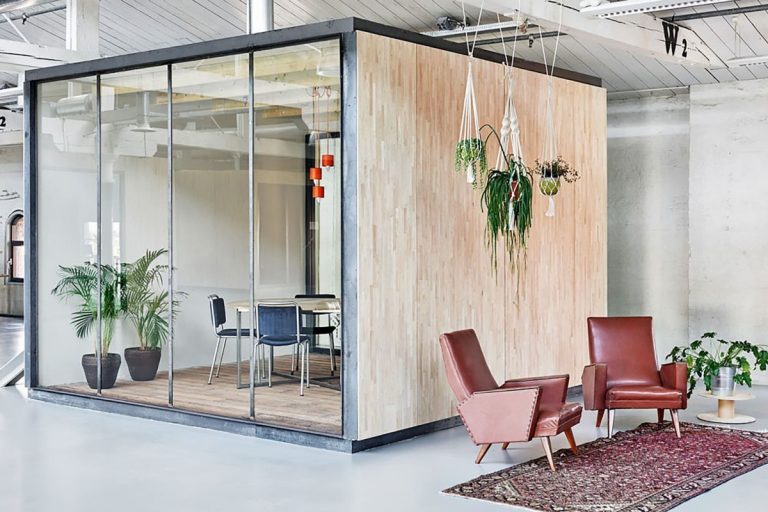
A Conference or Training room is specifically designed to accommodate a larger group of attendees for various purposes, including presentations and educational sessions.
Meeting rooms are often equipped with essential amenities such as tables, conference chairs, advanced audio-visual system, projectors, flip charts, whiteboards, televisions, computers, and various other tools.
Suitable chair options for training rooms include ergonomic office chairs and training room chairs.
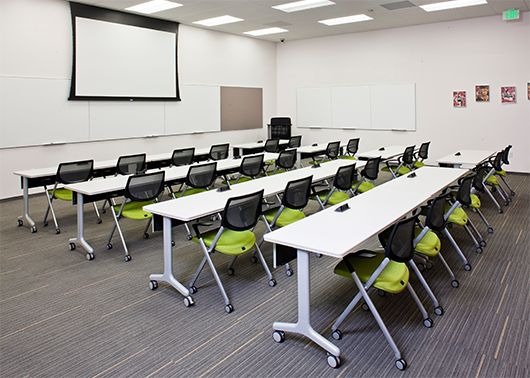
The term Collaborate, meaning working jointly on a project or activity, is the new buzzword and is a term that suggests less formality than “meeting”. Haworth discusses 4 types of Collaborative spaces, namely Inform, Do, Think and Connect. In such cases, seating requirements can be quite different and are often more casual. The term “room” now becomes a space or area.
In a collaborative space, almost any type of chair can be used.
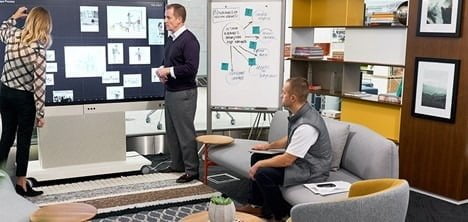
The type of chairs you choose for your Boardroom is very much dependent on the look and feel of the room as well as its intended purpose. In many cases, your boardroom may fulfill several roles, in which case you must decide which is the main role and select the most suitable chairs for that application. For some great ideas, see our Project Portfolio.

Revamp your workspace with a new ergonomic chair! Check out these 8 setup tips for a smooth and healthy experience.

Cheap office chairs – what do they REALLY cost me? Is buying a cheap chair really “cheap” over the lifespan of the product?
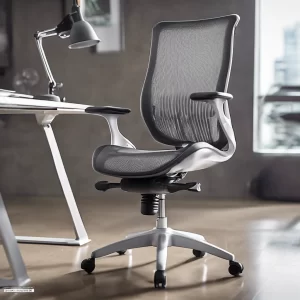
Trying to choose an office chair for yourself can be confusing. Let us make the process a whole lot simpler.


